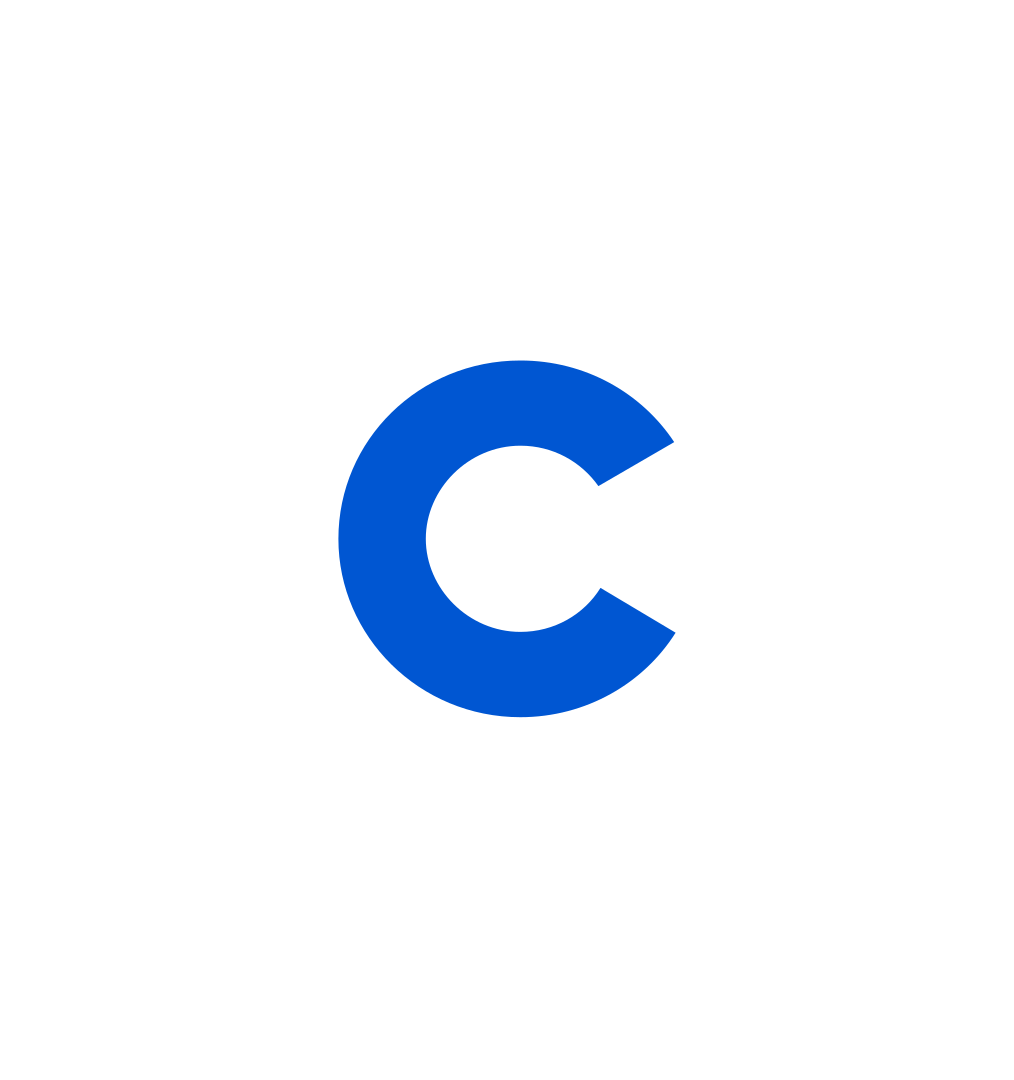Kanban vs Scrum: What's the Difference?
Kanban is a project management method that helps visualise tasks, while Scrum provides structure to the team and schedule.
![[Featured Image] A man is putting post-it notes on a whiteboard.](https://d3njjcbhbojbot.cloudfront.net/api/utilities/v1/imageproxy/https://images.ctfassets.net/wp1lcwdav1p1/7HtFqhDYeB0s0YkZlriquR/a93ea702842c147409e290028be99038/N2eUQXuw.jpeg?w=1500&h=680&q=60&fit=fill&f=faces&fm=jpg&fl=progressive&auto=format%2Ccompress&dpr=1&w=1000)
Kanban and Scrum are project management methodologies that complete tasks in small increments and emphasise continuous improvement. However, their processes to achieve those ends are different. While Kanban centres around visualising tasks and continuous flow, Scrum is more about implementing timelines for each delivery cycle and assigning set roles.
Kanban and Scrum borrow from Agile and Lean approaches, though Scrum is often more heavily associated with Agile. That means Kanban and Scrum are both adaptive and transparent and reduce inefficiencies in the project process.
Choosing between Kanban and Scrum isn’t always necessary. Use both together to maximise the benefits you get from each. Here’s a breakdown of what each is, how they compare, and which to use when.
So what are Kanban and Scrum, exactly? Here’s a detailed look at what sets them apart.
What is Kanban?
Kanban is a visual project management method that tracks tasks and reduces inefficiencies. The heart of the Kanban method is the Kanban board—physical or digital—in which phases of the project are divided into columns. Tasks are written on cards that progress from one column to the next until they are completed.
Kanban has been linked to several benefits. It increases transparency in a project by visually clarifying what tasks need to be completed and where tasks are piling up. This visual aid makes it easier to delegate resources where they need to go, reducing inefficiencies. A 2021 survey reported that top Kanban benefits included increased visibility of flow, improved delivery speed, alignment between business objectives, key results, and delivery work [1].
Kanban uses principles from Agile and Lean. It can be easily combined with other methodologies and is often used with Scrum in a hybrid process called Scrumban. Scrumban is popular with Agile adopters, with 27 percent of survey respondents using It, compared to 56 percent using Kanban and 87 percent using Scrum, according to the State of Agile 2022 survey [2].
Did you know?
Kanban means "signboard" in Japanese. The Kanban method was developed in a Toyota factory when cards were designed to track production progress. It is now used to improve products and processes beyond the automotive industry, including software development, financial services, consulting, and other manufacturing sectors.

Other key concepts in Kanban include:
Definition of Workflow (DoW): The DoW defines key parts of the Kanban workflow, such as what units are moving through the board, what “started” or “finished” means, and how long it should take for an item to progress through the columns.
Work in progress (WIP) limits: Teams can set WIP limits in columns, groups of columns, or the entire board. This means a column with a WIP limit of five can’t have more than five cards at a time. If there are five, the team must tackle the tasks in that column before new ones can be moved in. WIP limits can help surface bottlenecks in the production process.
Kaizen: This means “improvement” in Japanese. Kaizen encourages a mindset of continually improving the process. This enables all team members, not just managers, to share their insights and work to improve the team.
What is Scrum?
Scrum is an Agile methodology designed for complex projects where it is frequently necessary to adapt to change. Scrum is based on short development cycles called sprints, which generally last one to four weeks. A Scrum team is self-organised, small (typically no more than nine people), and includes one Scrum Master and one product owner. The rest of the team is called the development team.
As typical of Agile frameworks, Scrum uses an iterative approach to completing projects. Instead of delivering a project simultaneously, teams complete and deliver the tasks in stages. This makes it easier to adapt to changes and evolving priorities.
Scrum is built on three pillars:
Adaptation: Scrum is adaptive, meaning it embraces change. Scrum can easily accommodate a project changing tactical directions.
Transparency: Transparency ensures the team knows what is happening and why.
Inspection: Team members and stakeholders inspect projects consistently. This encourages a culture of improvement.
Scrum has five core values: courage, focus, commitment, respect, and openness. These values emphasise the importance of clear and honest communication and a sense of ownership by each team member.
Course 5 of 6 in the Google Project Management: Professional Certificate
Kanban vs Scrum: Similarities and differences
The similarities and differences between Kanban and Scrum can be summarised as follows:
Kanban and Scrum are both methodologies that allow projects to adapt to change, encourage engagement by all team members, have short development cycles, and increase transparency.
Kanban is a methodology centred around visualising tasks, while Scrum is a methodology that structures workflow and team culture to deliver projects in short timelines.
Kanban delivers tasks continuously until the project is finished, and Scrum delivers chunks of deliverables in one- to four-week periods.
Here’s a side-by-side look at Kanban and Scrum.
| Methodology | Kanban | Scrum |
|---|---|---|
| Roles | No defined roles | Scrum master, product owner, and development team |
| Delivery cycle | Continuous | Sprint cycle lasts one to four weeks |
| Change policy | Can be incorporated any time | Generally not made during sprint |
| Artifacts | Kanban board | Product backlog, sprint backlog, product increments |
| Tools | Jira Software, Kanbanize, SwiftKanban, Trello, Asana | Jira Software, Axosoft, VivifyScrum, Targetprocess |
| Key concepts or pillars | Effective, efficient, predictable | Transparency, adaptation, inspection |
Kanban vs. Agile
Agile is a set of project management principles that encourage an adaptive and iterative approach to project management. Agile is an overarching philosophy and not a set of tools or processes. It emphasises flexibility over following a plan and is often used for projects that are met frequently with change.
Kanban, on the other hand, is an Agile methodology. This means it offers the specific tools and processes to implement Agile. It exhibits many Agile principles, including the capacity to adapt to changes and transparency across the team.
Kanban vs Waterfall
A waterfall is a traditional approach to project management in which tasks are completed in a set order until the project is finished, just as water might flow down a series of rocks in a waterfall. Waterfall is not designed to absorb changes throughout a project and is recommended for projects where few changes are expected. This might include projects with a strict budget or time constraints or where tasks must be completed sequentially.
Waterfall might seem at odds with Kanban’s capacity to absorb change. However, project managers can use an adapted Kanban board in a Waterfall process to visualise tasks.
Kanban vs Scrum: Which should I choose?
Kanban and Scrum each have their separate strengths. But pitting Kanban against Scrum is a false dilemma; you can easily use both in your work to maximise the benefits.
When to use Kanban:
Kanban has been shown to improve visibility, foster a culture of continuous improvement, and increase productivity [1].
Kanban can integrate with existing processes, including Scrum. Kanban can be a good way to start if you don’t want to overhaul your entire work process but are hoping to gain the benefits of an Agile process.
When to use Scrum:
Scrum has been linked to higher productivity, faster delivery, lower costs, and higher quality. Many project managers also see Scrum as an effective method to tackle complex projects or projects that might see frequent change.
Scrum can make sense if you’re in an industry that experiences frequent change or if your project needs space to adapt to feedback. This might include industries that regularly update technology or projects that create new products.
Scrumban: choosing both
Scrumban is a hybrid method that combines both Kanban and Scrum. Scrumban uses the processes of Scrum and the visualisation tools of Kanban. Scrumban can be a good way for teams familiar with either Scrum or Kanban to incorporate the other into their process.
Getting started in project management
Knowing how and when to implement Kanban or Scrum (or both) will require knowledge and practice. If you’re an aspiring project manager and don’t know where to start, consider the Google Project Management: Professional Certificate.

professional certificate
Google Project Management:
Get on the fast track to a career in project management. In this certificate program, you’ll learn in-demand skills, and get AI training from Google experts. Learn at your own pace, no degree or experience required.
4.8
(114,160 ratings)
1,906,910 already enrolled
Beginner level
Average time: 6 month(s)
Learn at your own pace
Skills you'll build:
Project Management, Change Management, Strategic Thinking, Career Development, Organizational Culture, Risk Management, Quality Management, Project Execution, Agile Management, Problem Solving, Coaching, Scrum, Influencing, Effective Communication, Stakeholder Management, Business Writing, Project Charter, Procurement, Task Estimation, Project Planning
Article sources
Kanban University. "State of Kanban: First Annual Report 2021, https://resources.kanban.university/wp-content/uploads/2021/05/US-Letter-State-of-Kanban-Report-2021.pdf." Accessed July 15, 2024.
Digital.ai. "16th Annual State of Agile Report, https://info.digital.ai/rs/981-LQX-968/images/AR-SA-2022-16th-Annual-State-Of-Agile-Report.pdf." Accessed July 15, 2024.
Keep reading
- 6 min read · November 29, 2023
- 5 min read · November 29, 2023
- November 29, 2023
- November 29, 2023
- 11 min read · November 29, 2023
- November 29, 2023

Coursera Staff
Editorial Team
Coursera’s editorial team is comprised of highly experienced professional editors, writers, and fact...
This content has been made available for informational purposes only. Learners are advised to conduct additional research to ensure that courses and other credentials pursued meet their personal, professional, and financial goals.
Whether you're starting your career or trying to advance to the next level, experts at Google are here to help.

Save money and learn in-demand skills from top companies and organizations.
